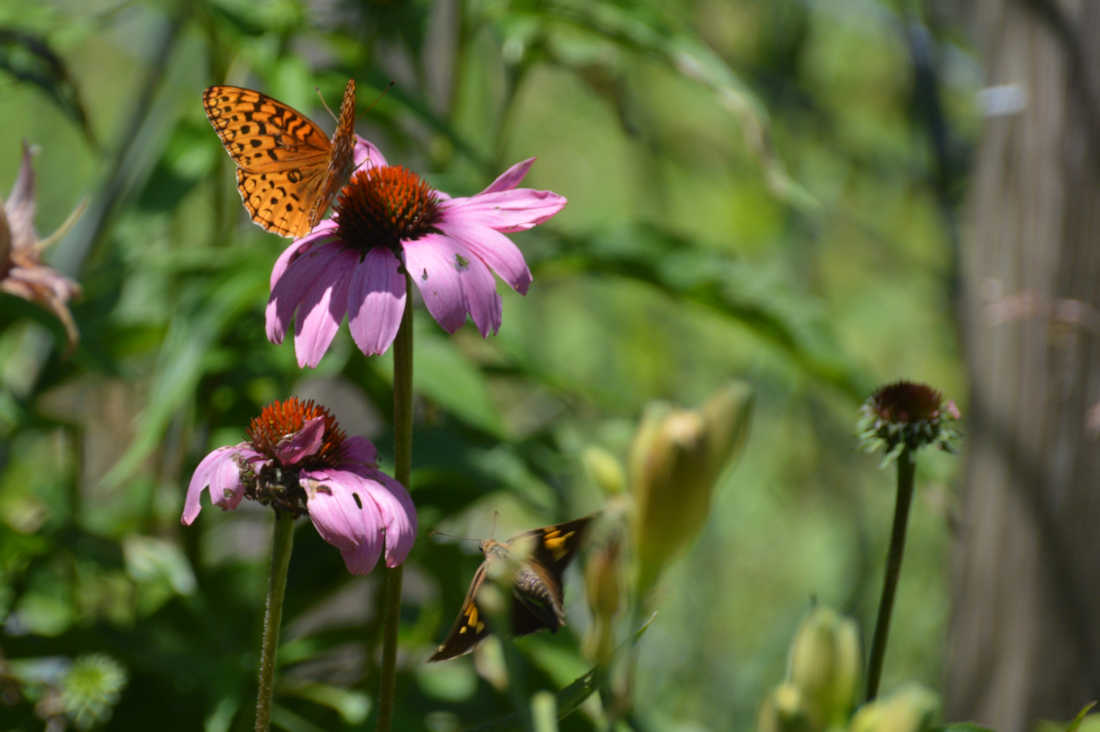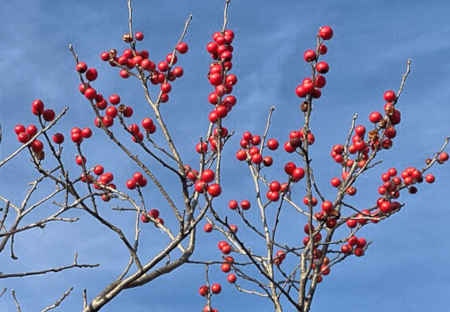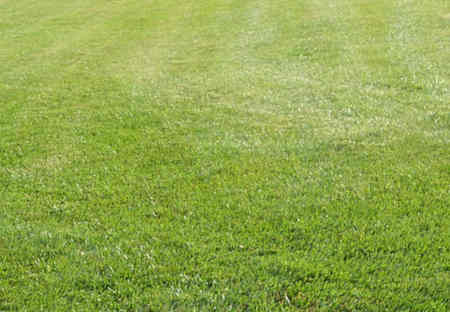Why Plant Natives? Why are Non-Native Plants so Bad?
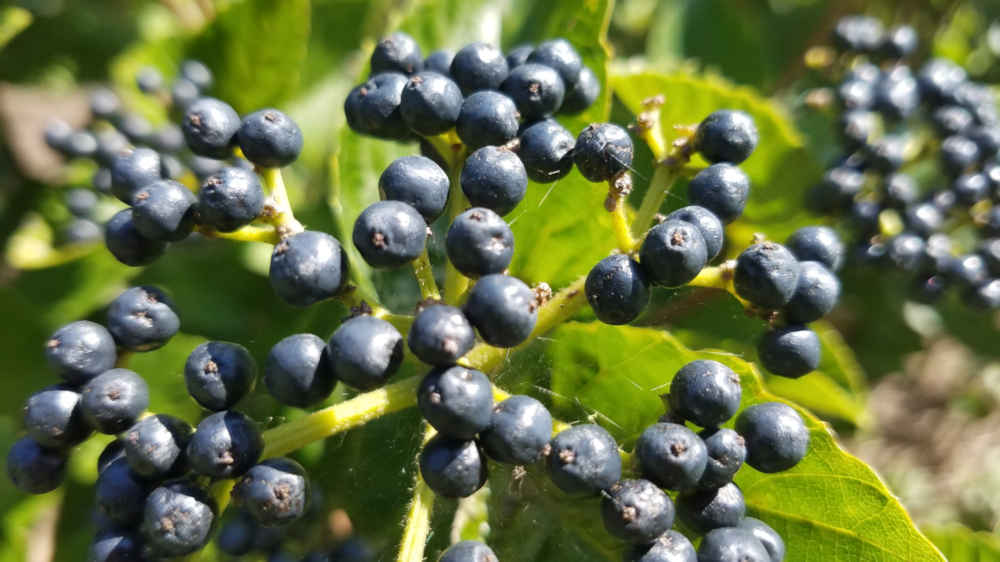
An Arrowwood Viburnum (Viburnum dentatum) is a native species to the eastern United States. It has huge ecological benefits and should be used instead of the non-native Japanese Snowball viburnums.
Why Native Plants?
In today's changing landscape, where vast swaths of land are dominated by non-native species and manicured lawns, planting native plants has become a critical step toward restoring ecosystems and supporting wildlife. Native plants are uniquely suited to their environments and play an essential role in maintaining ecological balance. This article delves into why native plants are indispensable, the differences between native, non-native, and invasive species, and the profound benefits they offer to wildlife and biodiversity.
Native vs. Non-Native and Invasive Plants: Understanding the Difference
Native plants are species that have evolved over thousands of years in a specific region, forming symbiotic relationships with local wildlife. They are adapted to local climate, soil, and ecosystems, making them resilient and sustainable choices.
Non-native plants are introduced species that originate from other regions or continents. While some non-native plants coexist harmlessly, others can become invasive, outcompeting native flora and disrupting ecosystems. Invasive species often spread aggressively, consuming resources, altering habitats, and reducing biodiversity.
Cultivars: Additionally, it is important to distinguish between native species and native cultivars. Native cultivars, also known as "nativars," are cultivated varieties of native plants, often bred for specific traits like flower color, leaf shape, or size. While these may appeal to gardeners, research has shown that cultivars do not always provide the same ecological benefits as true native species. For instance, insects often cannot consume altered traits. A notable example is the native ninebark shrub (Physocarpus opulifolius): while the green-leafed native version supports various insects, red-leafed cultivars do not, as their modified red leaf chemistry makes them inedible.
Scientific Names are important:
Be sure to check the scientific name, particularly the species when looking for native plants. As some species are native and others of the same genus are not. For example, many websites recommend planting a "dogwood," stating that they are native and beneficial for wildlife. While this is true, it only applies if you choose native species. For example, the Pagoda Dogwood (Cornus alternifolia), Silky Dogwood (Cornus amomum), and Flowering Dogwood (Cornus florida) are just a few of the beautiful species native to the eastern United States. However, most big-box stores primarily sell the Kousa Dogwood (Cornus kousa), which is not native. Native to Asia, the Kousa Dogwood provides no wildlife or ecological value and should not be planted.
When you're looking for native plants, among the information this website provides, it provides scientific names and a native range map for each species. This makes it easy to check if a species is native to your state before purchasing.
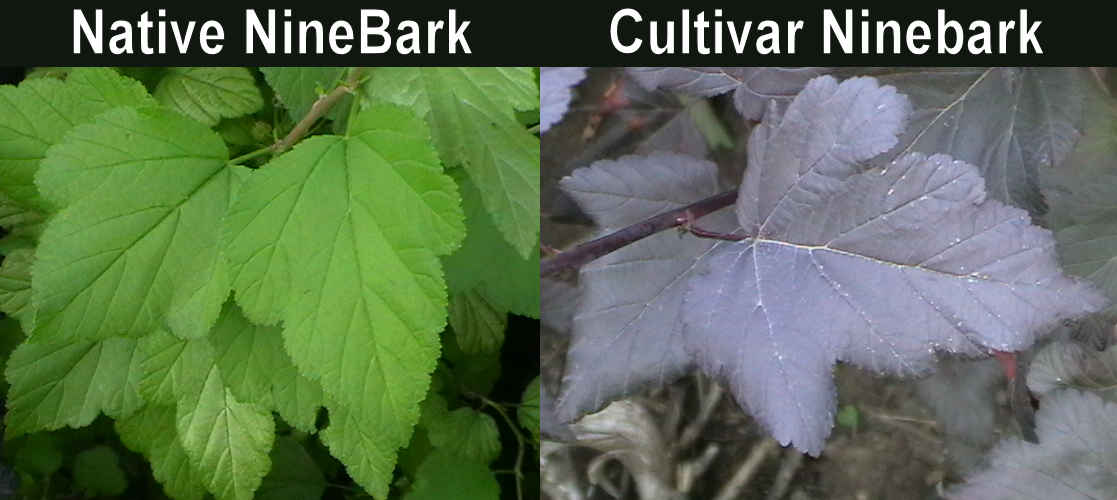
The left is a native Ninebark (Physocarpus opulifolius), the right is a cultivar that has red leaves. While the pure native species has tremendous wildlife value, the red cultivar has very little value.
Supporting Native Wildlife
Native plants form the foundation of the food chain. They support a diverse array of insects, including caterpillars, butterflies, and native bees, which are critical for pollination and as food sources for other animals. Research highlights stark differences in the ecological contributions of native versus non-native plants.
Doug Tallamy, a leading entomologist, has documented that many non-native plants provide little to no sustenance for local insects. For instance, while oaks (a native genus) support over 500 species of caterpillars, non-native ornamental plants like Bradford pear or Japanese barberry support very few, if any.
This lack of insect support has cascading effects on higher levels of the food chain. Birds, especially during nesting season, depend heavily on insects to feed their young. Tallamy's research also shows that a single brood of chickadees requires over 6,000 caterpillars to successfully fledge. Without native plants producing these insects, birds cannot raise their young, and their populations decline. The Cornell Lab of Ornithology shows that nearly half of bird species are declining, with an average of a 30% decline since 1970.
Studies indicate that landscapes with less than 70% native plant cover see noticeable declines in native bird populations. This decline ripples upward, affecting small mammals and even predators that rely on them, ultimately threatening the entire ecosystem.
Providing Habitat
Modern landscapes are often dominated by lawns, covering over 40 million acres in the United States alone. These areas are ecological deserts, offering little to no food, shelter, or resources for wildlife. By planting native plants, we can begin to reverse this trend and reintroduce biodiversity.
Native plants provide:
Food: Flowers for pollinators, berries, nuts, and seeds for birds and small mammals, and foliage for caterpillars.
Shelter: Dense foliage, stems, and ground cover create safe havens for insects, amphibians, and small mammals.
When combined with features like wildlife ponds, native plantings transform ordinary spaces into vibrant ecosystems. For example, a yard with native wildflowers, shrubs, and a small pond can attract songbirds, butterflies, frogs, and dragonflies, fostering a balanced and thriving habitat.
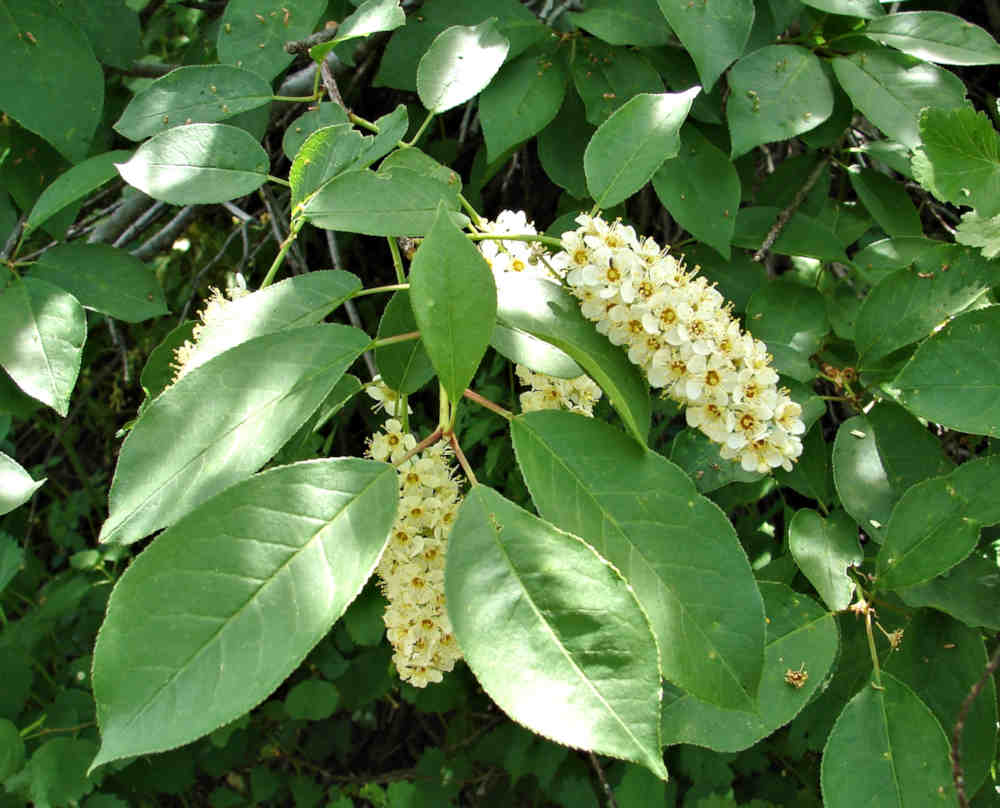
The Chokecherry (Prunus virginiana) provides nesting sites for birds, flowers for pollinators, berries for birds and small mammals, and is a host plant to many butterflies and moths, including the Tiger Swallowtail. It's an ideal small tree for providing habitat.
Lower Maintenance and Resource Efficiency
Since less than 30% of the land in the United States remains in its natural state, with more being lost each year, it's crucial that we dedicate some of our 40 million acres of lawn to nature. The solution lies in rethinking our relationship with our yards. By reducing lawn size and rewilding portions of our properties, we can create spaces that support biodiversity and help mitigate the environmental damage caused by traditional lawns. Native plants, shrubs, and wildflowers provide vital habitat and food for pollinators, birds, and small mammals. Rewilding not only benefits wildlife but also reduces water usage and requires less maintenance. You don't need to get rid of your entire lawn, even by creating small areas of native plantings along property edges or in islands within lawns can significantly reduce lawn size and increase native plant coverage. It can even be done in a strict HOA by replacing non-native landscaping plants with native alternatives.
Native plants are not only beneficial to wildlife but also easier to maintain. Because they are adapted to local conditions, native plants typically require less water, and often no fertilizer, compared to non-native species. This makes them more sustainable and cost-effective for homeowners and land managers alike. In regions prone to drought, native plants' deep root systems make them particularly valuable for conserving water and maintaining healthy soil.
Challenges of Finding Native Plants
One of the biggest obstacles to incorporating native plants into landscapes is accessibility. Big-box stores like Home Depot and Lowe's prioritize selling non-native plants because they are inexpensive, easy to source, and available in bulk for mass sales. As a result, these stores offer almost no true natives, making it difficult for consumers to find plants that support local ecosystems.
To source native plants, it is important to seek out local nurseries that specialize in native species. These local businesses often provide region-specific options that are better suited for supporting local wildlife and thriving in native soils. My website showcases specific native plants that are both valuable to wildlife and can serve as beautiful accent pieces in your yard, helping you make informed choices and contribute to biodiversity.
Economic and Environmental Benefits of Native Plants
In addition to their ecological value, native plants offer significant economic and environmental advantages. By reducing the need for fertilizers, pesticides, and irrigation, native plants save homeowners money on maintenance while also decreasing harmful chemical runoff into waterways. Their deep root systems stabilize soil, prevent erosion, and reduce stormwater runoff, contributing to healthier ecosystems and cleaner water supplies.
Native plants also play a role in combating climate change. Many species act as effective carbon sinks, storing carbon dioxide in their roots and soil. Moreover, their resilience to extreme weather makes them essential for creating climate-adaptive landscapes.
The Case for Rewilding with Native Plants
Reintroducing native plants isn't just an aesthetic choice; it's a vital conservation effort. Research underscores that landscapes dominated by native species support higher biodiversity, more resilient ecosystems, and healthier populations of insects, birds, and other wildlife. By reducing reliance on lawns and non-native ornamentals, we can reclaim spaces for nature and contribute to a more sustainable future.
Planting native plants is a simple yet powerful way to make a difference. Whether it's a small backyard garden or a large restoration project, every effort counts. By planting natives, we create an invitation for wildlife to return, restoring balance and beauty to our landscapes.
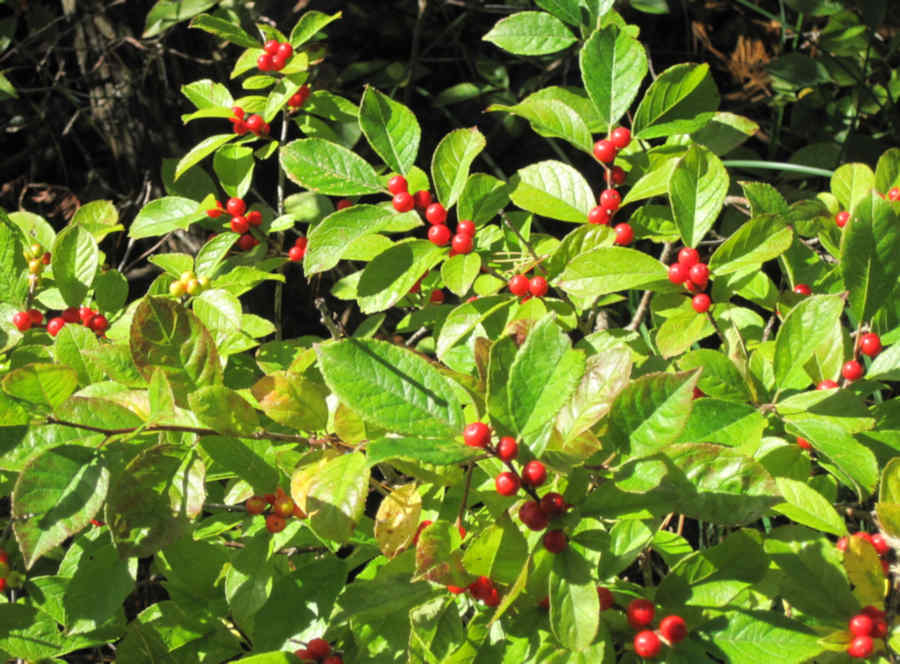
The Winterberry (Ilex verticillata) is a showstopping native shrub that is full of red berries in the winter, provides winter food for wildlife, and is a caterpillar hose to around 40 butterflies and moths.
